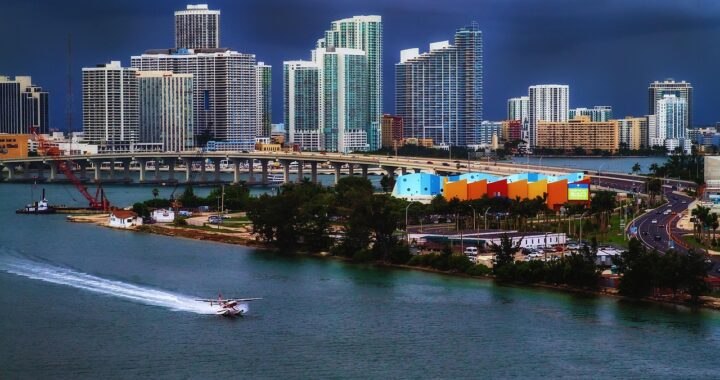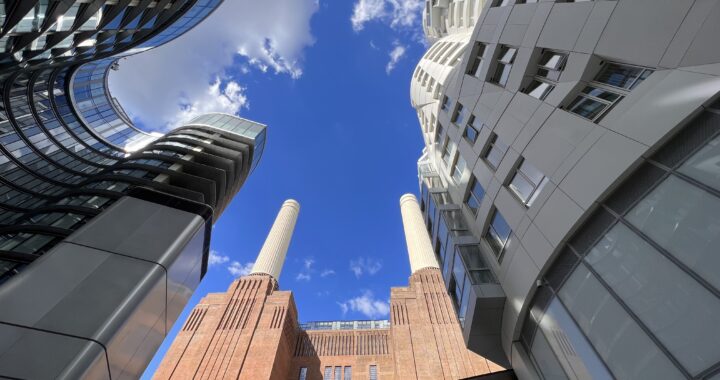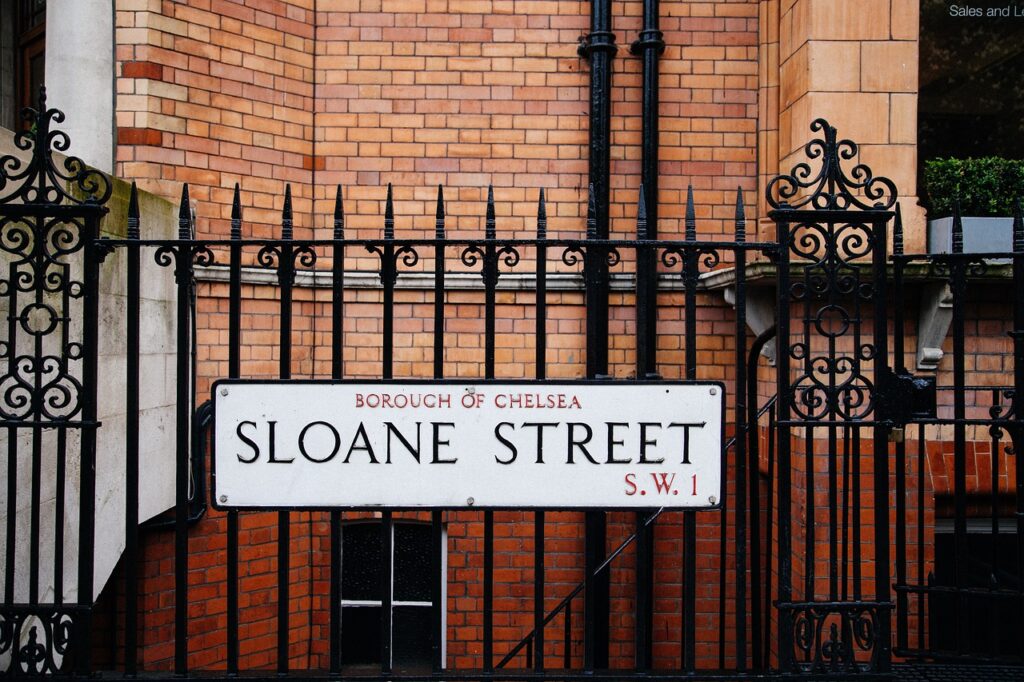My fascination with Rome
I have always loved Rome and I have visited the city many times. As a feng shui expert, I am drawn to its magnificent architecture, its layered history and the powerful energy that flows through its streets. The interplay of ancient ruins, Renaissance palaces (I myself was born in a Renaissance town, called Zamosc, Poland) and lively piazzas resonates with feng shui principles and fascinates me every time I return.
Feng shui, meaning wind–water, is a Chinese practice concerned with harmonising the built environment with natural energy flows. When applied to a city, feng shui evaluates landforms, waterways, orientation, building height, street layout and the social life of inhabitants. In this blog I emphasise a long list of factors: the pattern of a city’s map and its overall shape, the availability of high viewpoints and power places, the strength and quality of qi or vital energy, the balance of yin (calm, receptive) and yang (active, expressive) zones, and the presence of the five elements (water, wood, fire, earth and metal). I also note the importance of water and air quality, the biophilic effect of trees and parks, and the role of people, values, branding and smells. A good feng shui city has a coherent yet legible layout, avoids chaotic traffic and provides attractive squares, markets, bookshops, art galleries and night‑time entertainment. Sustainable design, ecological travel and long‑term urban planning reinforce the health of a city and its people.
In this blog I apply those criteria to Rome, Italy. I analyse the city’s landform, water features, green spaces, architecture and social life through the lens of the five elements and the balance of yin and yang. I conclude with an overview of the best high point viewpoints over the city and a discussion of which areas locals describe as the heart of Rome.






